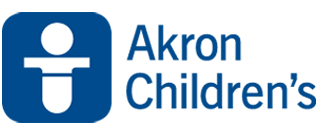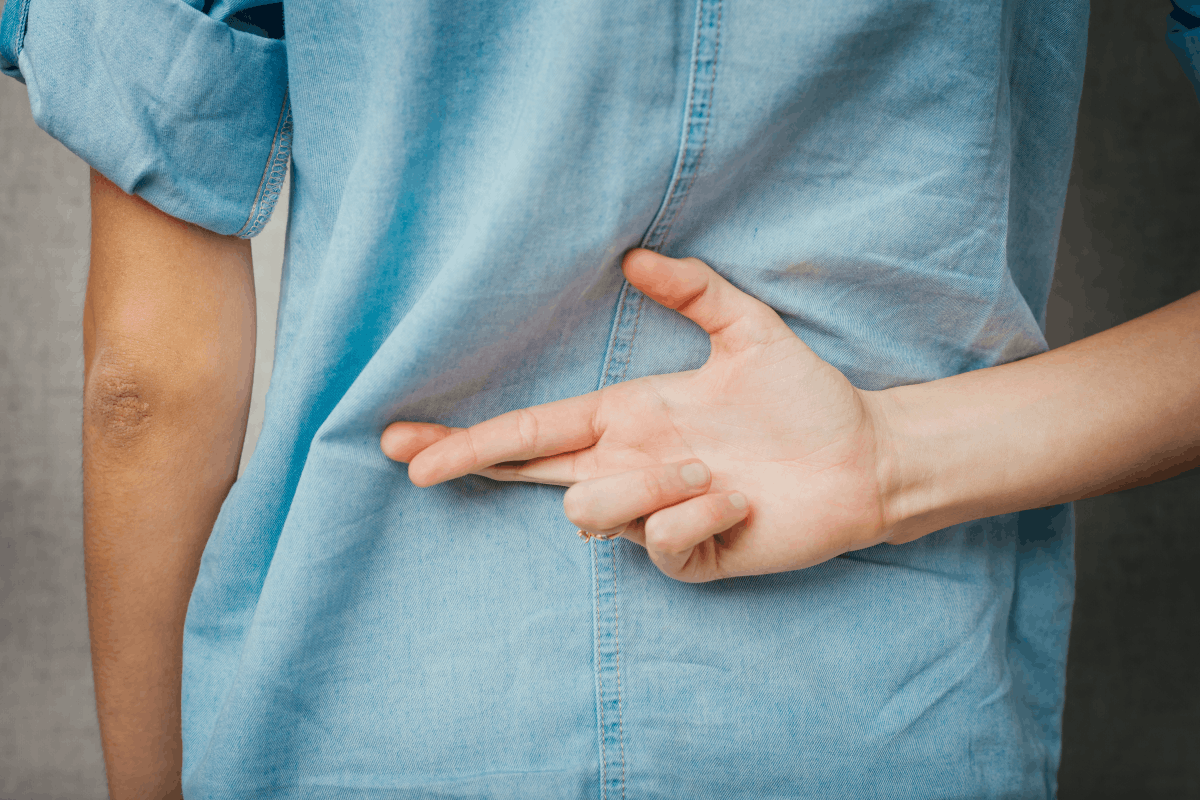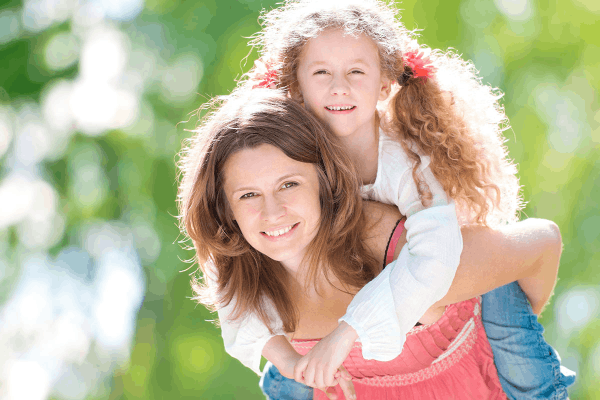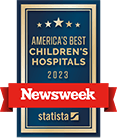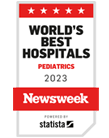Types of Scoliosis
Orthopedic specialists (doctors and other providers who treat bone and muscle problems) group scoliosis into types. Knowing the type of scoliosis helps health care providers treat it.
- Idiopathic scoliosis. This is the most common type of scoliosis. Kids can get it at any age, but most of the time it happens around puberty when a child goes through a growth spurt. Experts don't know exactly why this type of scoliosis develops, but it runs in some families.
- Congenital scoliosis. This type of scoliosis happens when something goes wrong with the way some of the vertebrae developed while a baby was in the womb. The problem might not be noticed until a child goes through a growth spurt, usually around age 2 or between 8 and 13.
- Scoliosis caused by a medical condition. Some kids develop scoliosis because they have a long-term medical problem that affects the muscles or skeletal system. For example, kids with muscular dystrophy, cerebral palsy, Marfan syndrome, or osteogenesis imperfecta may get scoliosis. Kids who have had tumors or growths on their spine may also develop scoliosis.
How Is Scoliosis Treated?
Small curves usually don't cause problems. But a curve that gets worse can be bad for a person's health. Very large curves can damage the joints and cause arthritis of the spine. Large curves can make the ribs rub against the pelvis, causing pain. Someone whose spine curves a lot might get lung problems.
If it looks like scoliosis could cause health problems, doctors will treat it with a back brace to prevent it from getting worse. In some cases, kids need surgery.
Facts about Scoliosis
Some of the Treatments for Scoliosis
Mehta Casting in Infants and Toddlers
Although Mehta casting is not a new technique for treating early-onset scoliosis in infants and toddlers, it has been shown to be very effective, particularly in correcting moderate scoliosis. The spine surgeons at Akron Children’s are specially trained in this casting technique, which was developed more than 50 years ago by British orthopedic surgeon, Dr. Min Mehta.
The process
Mehta casting allows for gentle, permanent correction of your child’s infantile scoliosis without surgery. If the curve of your child’s spine is more severe, Mehta casting may also be a good option to improve your child’s curve and delay surgery until your child is older.
Your child will be placed in the Mehta cast for one year. The cast will be changed every 6-12 weeks as your child grows. The first 2 years are a time of rapid growth for children, so the Mehta cast works by helping the spine straighten as it grows. This is also why early detection and treatment of infantile scoliosis are so important.
To make the process easier and more comfortable for your child, the cast is applied under general anesthesia. Special garments and padding will also be placed under the cast to keep your child as comfortable as possible. Akron Children’s is the only Northeast Ohio hospital that uses waterproof casts, which make it more convenient for you to bathe your child.
Once the curvature of your child’s spine is corrected, a brace will be used to make sure the spine stays in alignment as your child continues to grow.
Related Videos
Schroth Physical Therapy
The Schroth Method is an innovative form of physical therapy that can improve your child’s spinal deformity without surgery. Used in combination with bracing, it is typically used with growing children and adolescents.
The physical therapists of our Spine Center are among just a few in the state who are specially trained in this method. If your child’s spinal deformity can benefit from this treatment, our physical therapists will develop a customized plan for your child. The exercises usually take 30 minutes a day.
The exercises used in the Schroth Method help the curved spine return to a more natural position by focusing on core strengthening. Used combination with bracing, Schroth physical therapy can help improve the brace’s effectiveness in stopping or slowing your child’s curve progression to prevent further spinal deformity.
The Schroth Method works by strengthening weak muscles in the back to help achieve greater muscular symmetry. It also emphasizes a special breathing technique that helps to rotate the spine and reshape the rib cage and surrounding soft tissue. Schroth physical therapy will also help your child become more aware of their posture, so they can change positions to reduce the spine’s curvature.
Related Videos
Akron Children's Locations
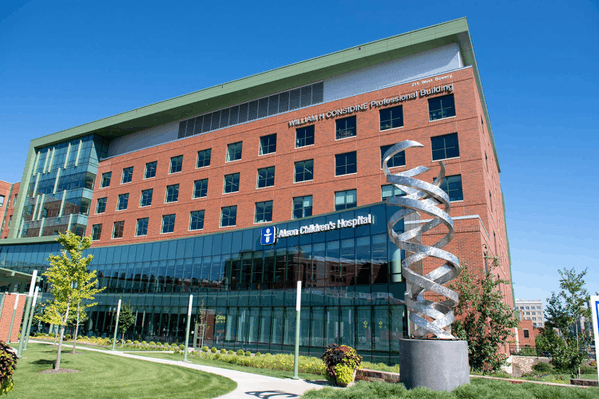
Level 7
Akron, Ohio 44308
Phone: 330-543-3500
Appointments: 330-543-2778
Fax: 330-543-5001
More about this location...
Map & Directions
199 W. Bowery St.
Akron, OH 44308
Parking Info & Map
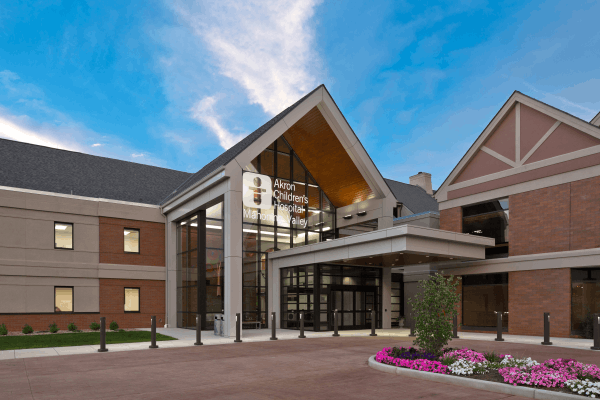
Building A
Boardman, Ohio 44512
Phone: 330-746-8070
Appointments: 330-543-2778
Fax: 330-729-1946
More about this location...
Map & Directions

Boston Heights, Ohio 44236
Appointments: 330-543-2778
More about this location...
Map & Directions
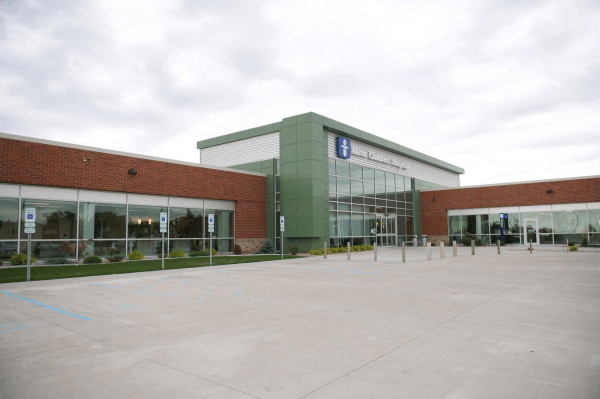
Mansfield, Ohio 44906
Phone: 419-521-2900
Appointments: 330-543-2778
More about this location...
Map & Directions
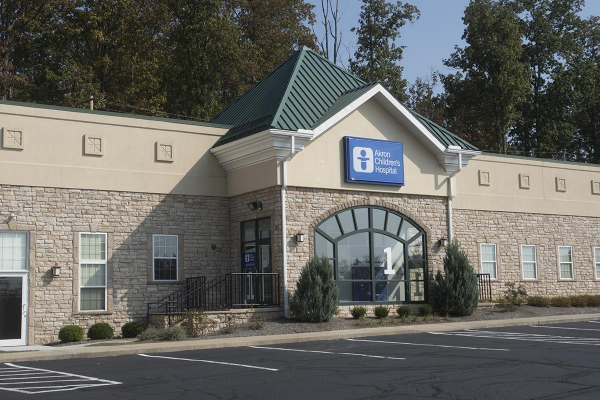
Door 1 (Suite 108)
Medina, Ohio 44256
Phone: 330-722-2468
Appointments: 330-543-2778
More about this location...
Map & Directions
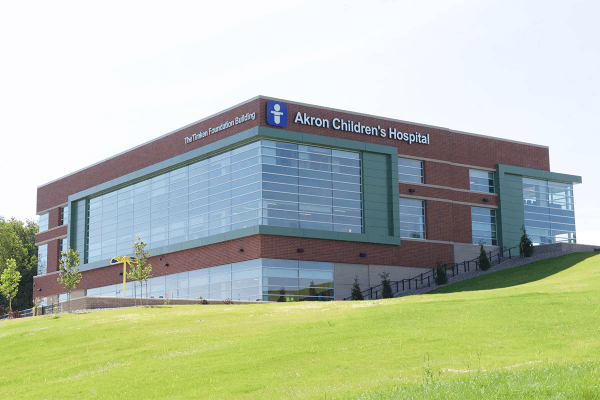
North Canton, Ohio 44720
Appointments: 330-543-2778
More about this location...
Map & Directions
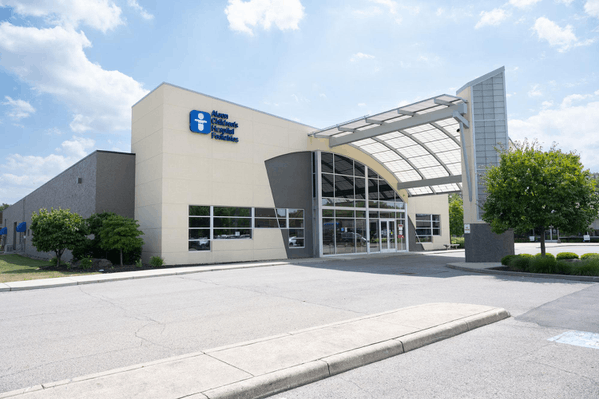
Suite 29
Warren, Ohio 44484
Phone: 330-856-8000
Appointments: 330-543-2778
More about this location...
Map & Directions
Providers Who Treat This Condition
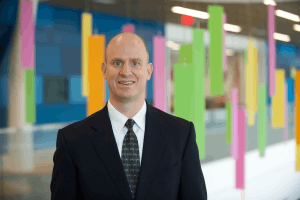
Surgeon in Chief; Chair, Department of Orthopedics; Director, Spine Center; Pediatric Orthopedic Surgeon
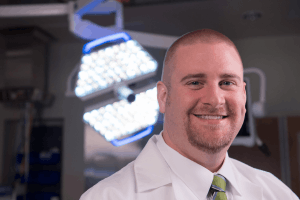
Pediatric Orthopedic Surgeon
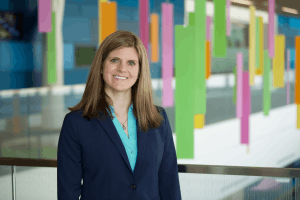
Pediatric Orthopedic Surgeon; Research Director, Spine Center

